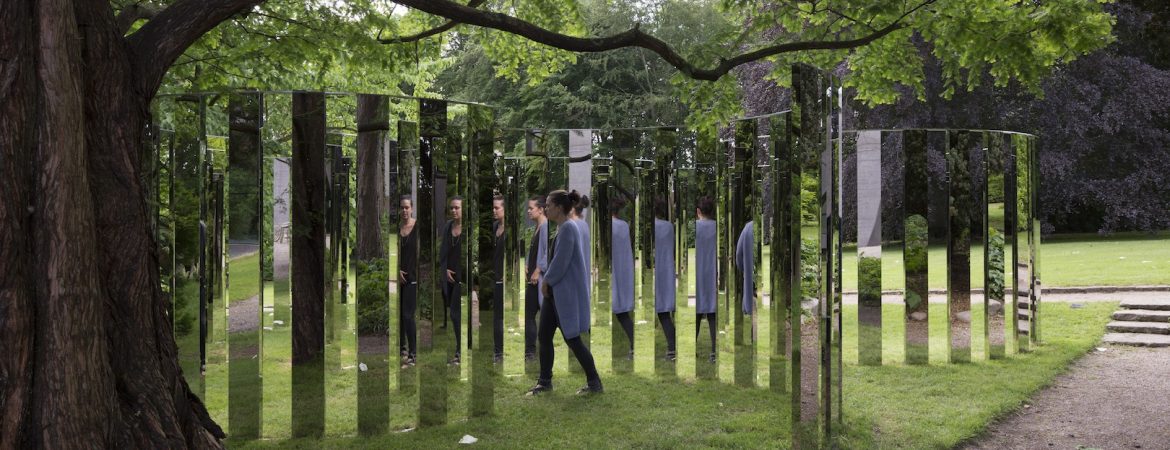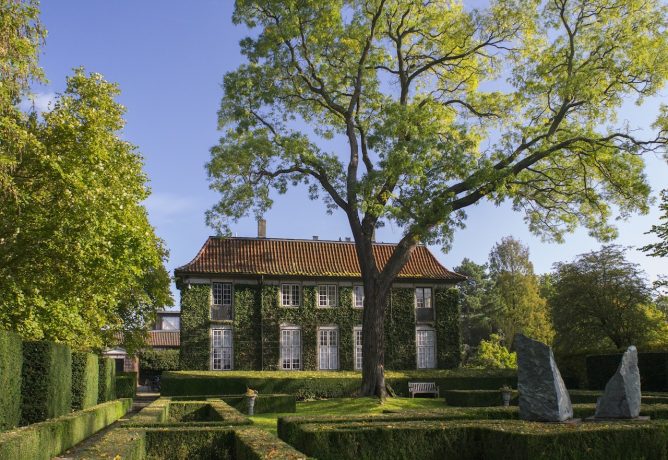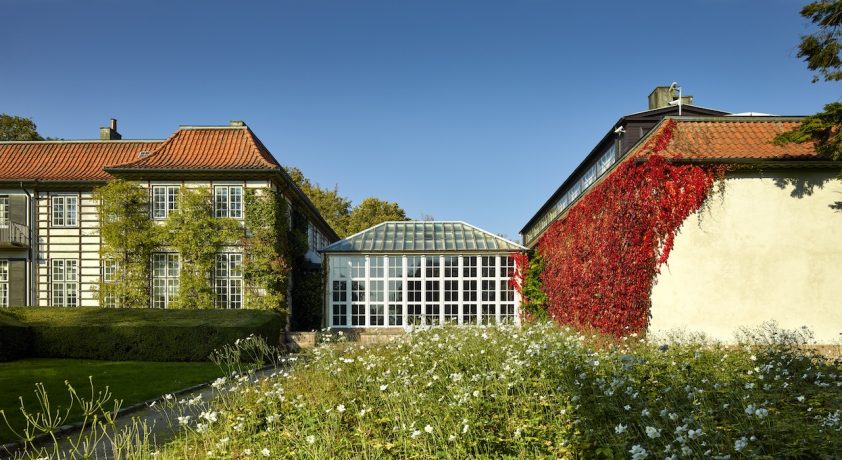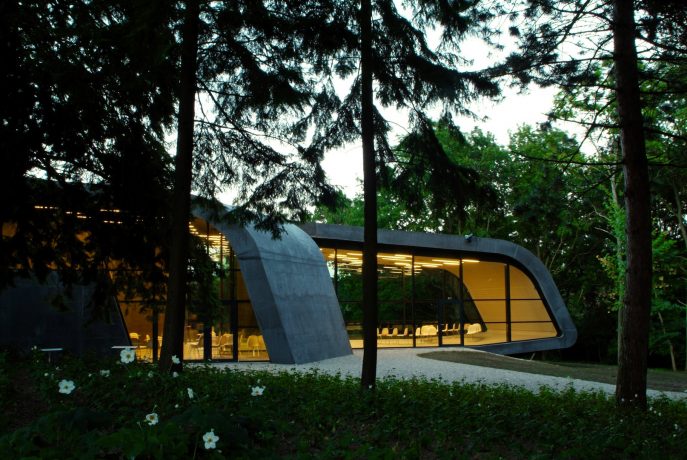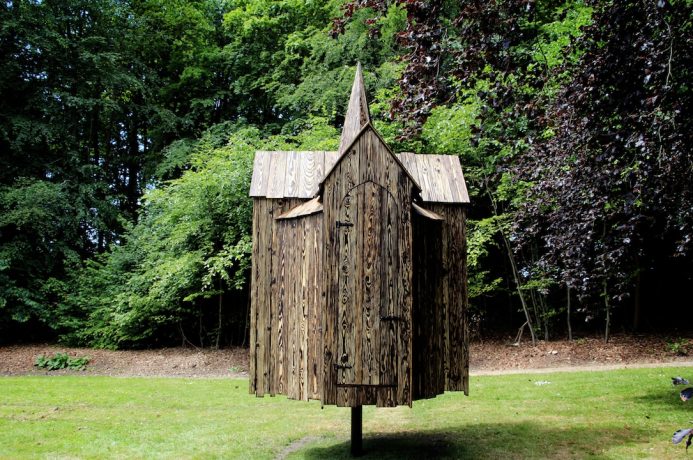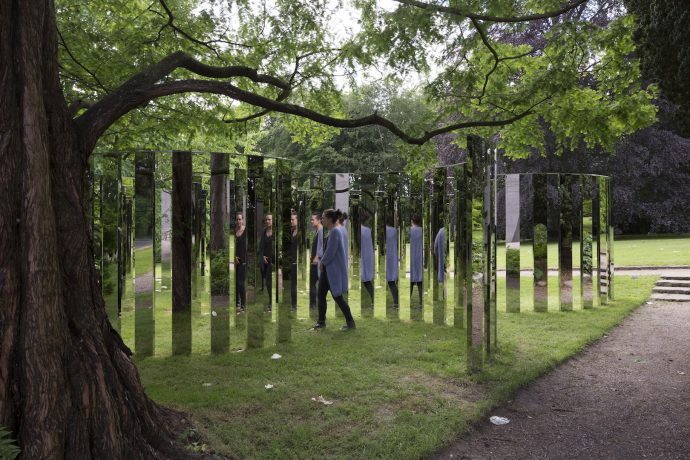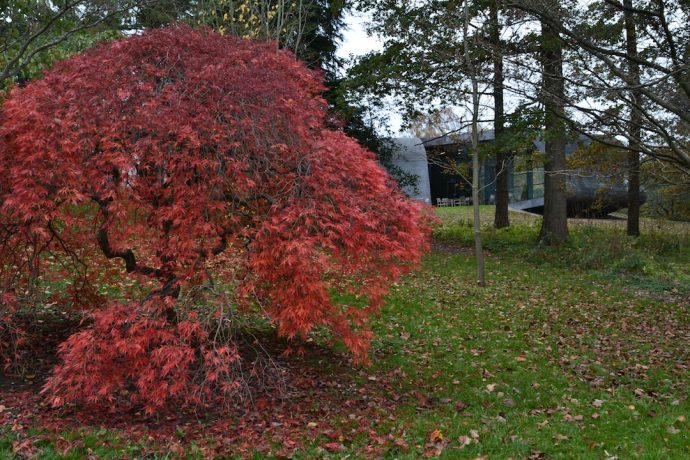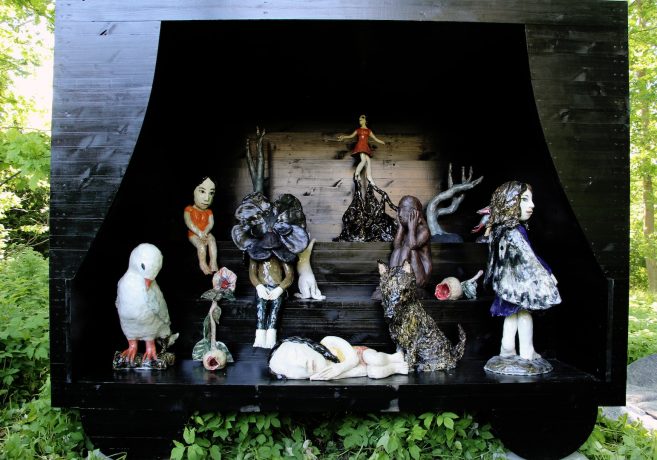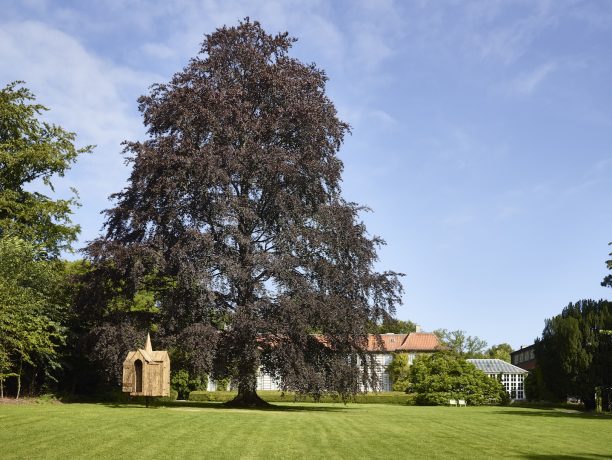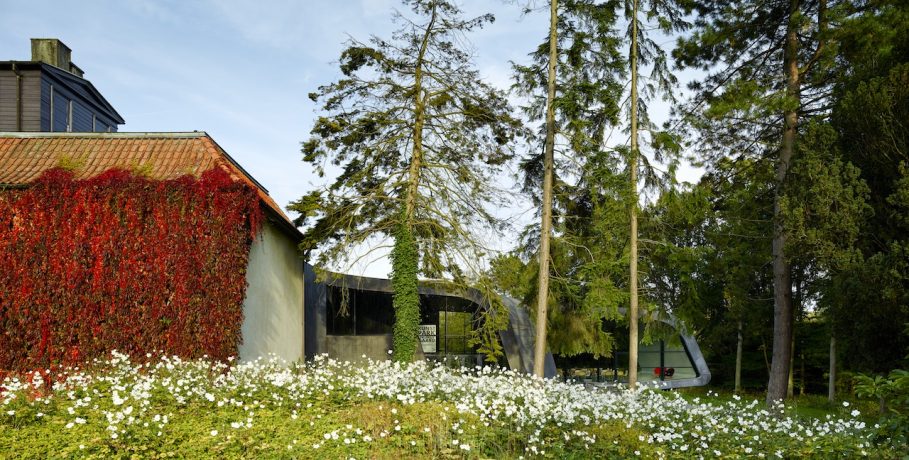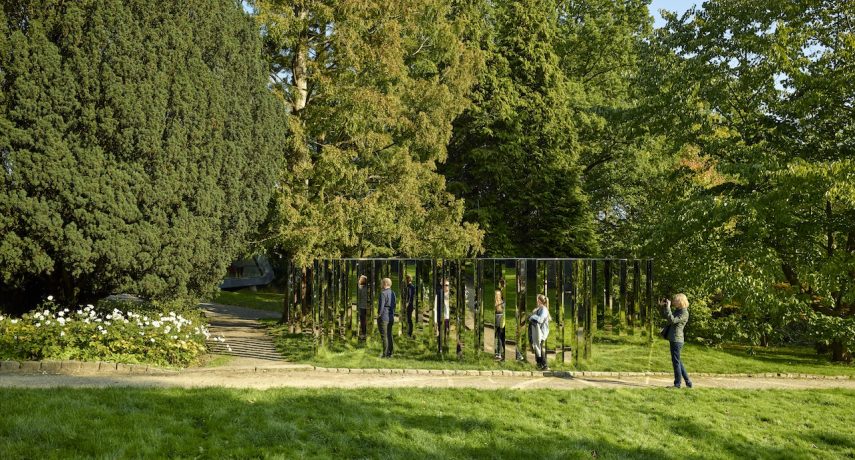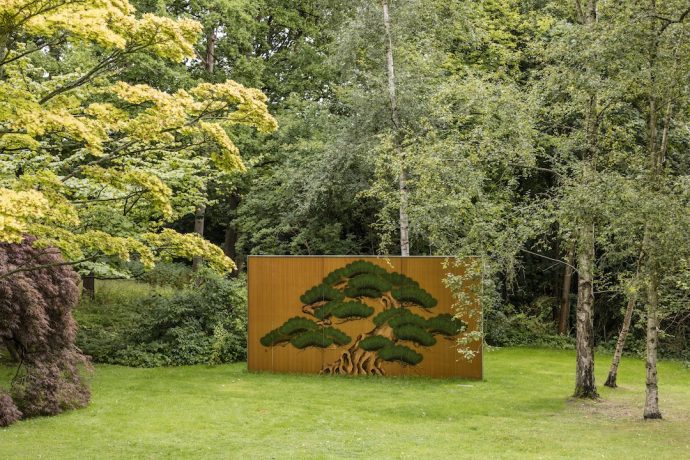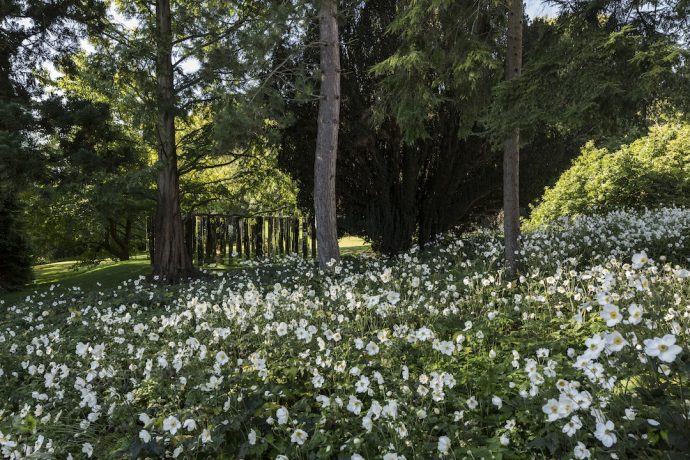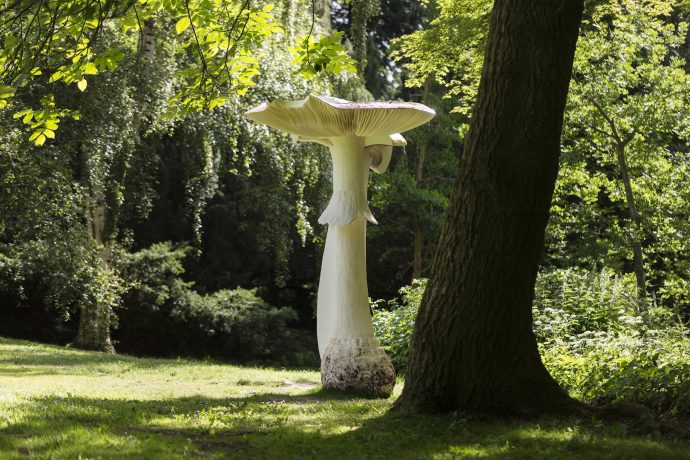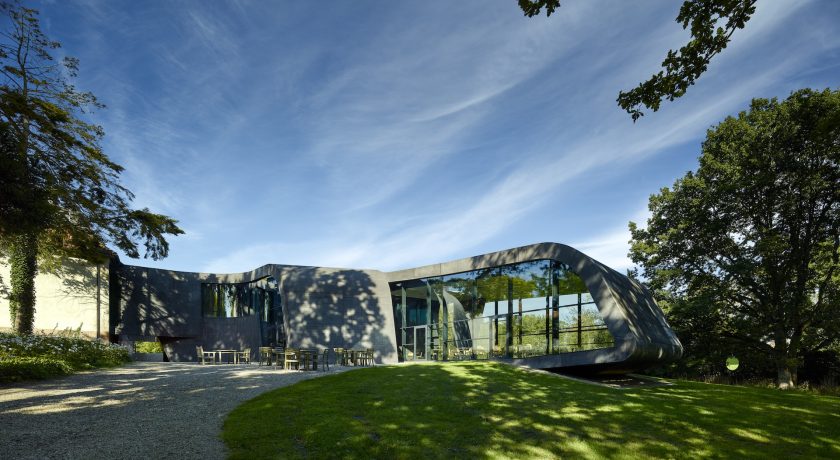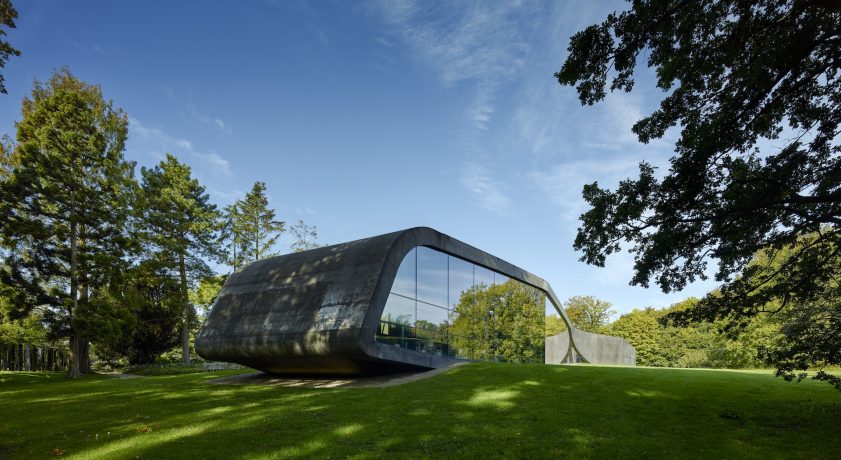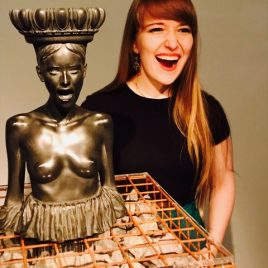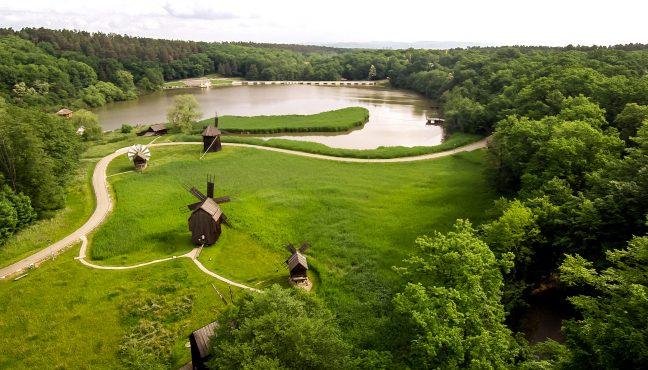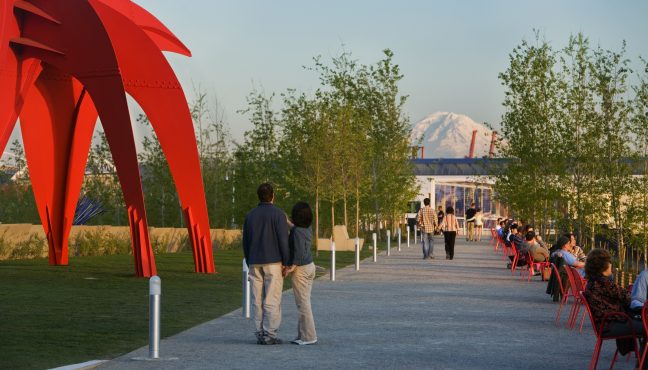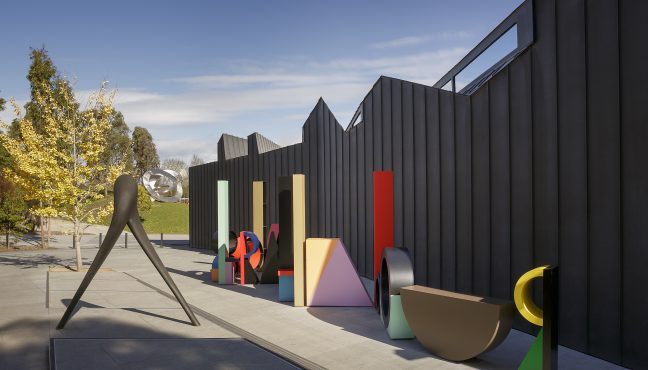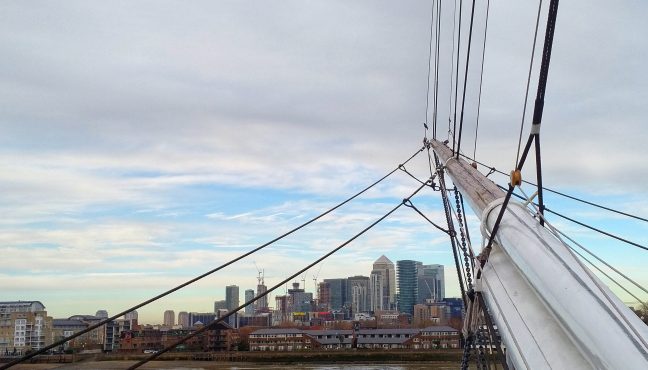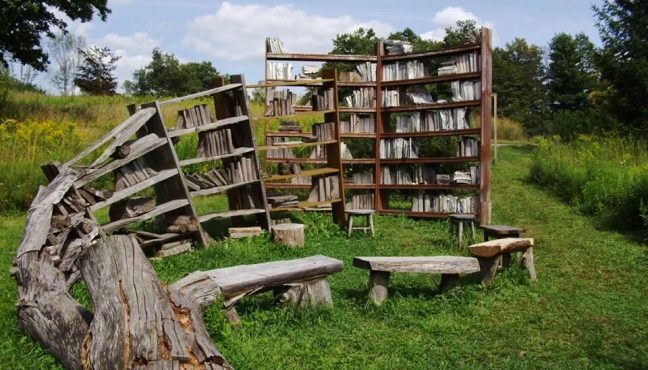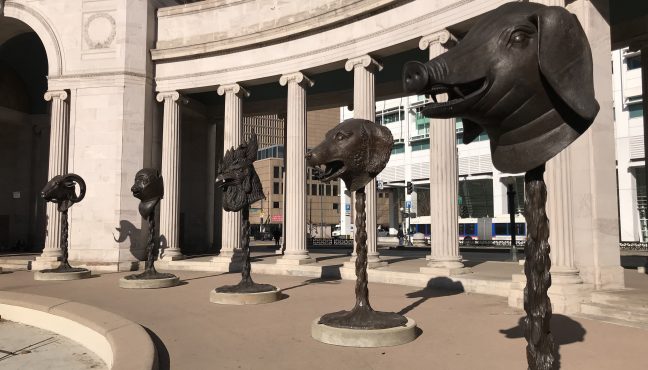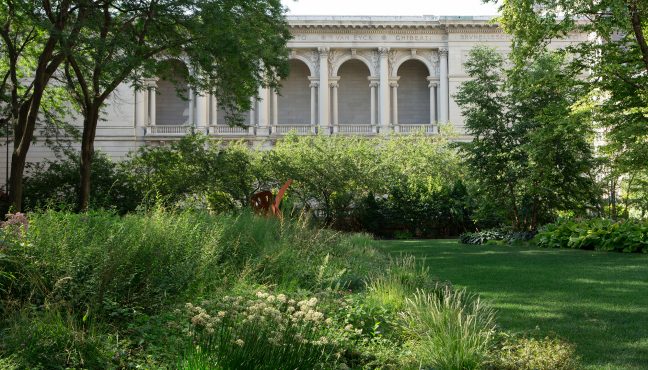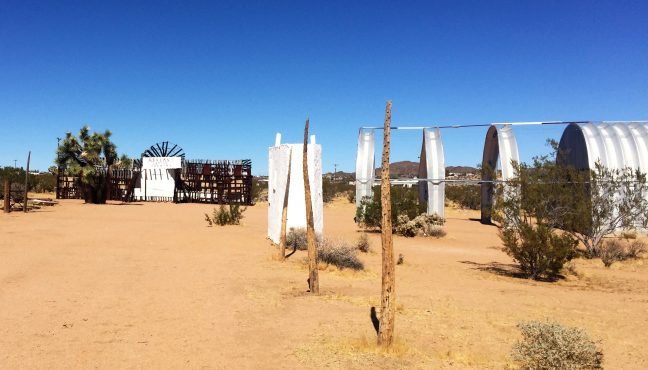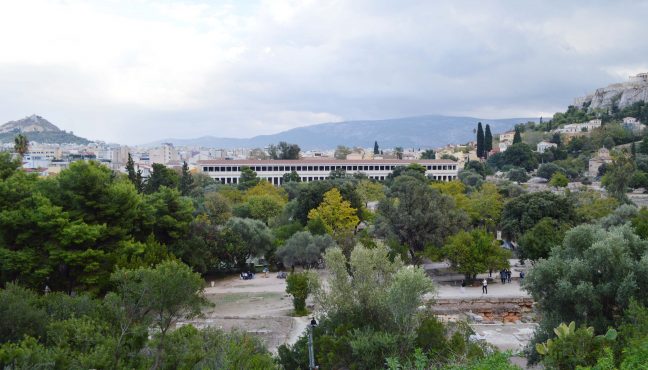Did you ever dream of staying with a Renoir or Degas masterpiece all by yourself? What about enjoying Monet exclusively with a friend or two, indulging in philosophizing for hours, just like in the movie “Midnight in Paris”? Needless to say, you can forget about it in Paris museums! But there is a place, where you can actually encounter Monet and other great impressionists one on one – Ordrupgaard museum in Denmark. This art lovers’ treasure north of Copenhagen, is brilliantly designed and not crowded, since the most frequently visited art museum in that area is Louisiana Museum of Modern Art. If you are up for a meditative and relaxing museum visit, Ordrupgaard is a perfect choice.
We do not suggest a quick run there, it is not a place to make a “check-in” and go (although you can do that too). It is a place to slow down, unwind, BREATHE and take your load off. Ordrupgaard comprises of old French impressionists and their Danish successors in a small museum with a wonderful atmosphere, of an inspiring Finn Juhl's house (open only on weekends and holidays), of a fantastic Zaha Hadid extension building with changing exhibitions and of a peaceful Art Park with works by high-profile contemporary artists.
Ordrupgaard was founded in 1916 by titular Councilor of State Wilhelm Hansen and his wife Henny. Hansen’s great interest for art dated back to his school days and by the time he could afford to built his family stately home Ordrupgaard (designed by architect Gotfred Tvede) his collection was vast, highly-valued and would only grow. After the Hansens passed away, the collection, the house and the park were turned over to the Danish State. In 1953 Ordrupgaard was opened to the public as a state-owned art museum. In 2001, the Danish Ministry of Culture organized a competition for a museum extension project. Zaha Hadid Architects were chosen to create an elegant, spatial space with architectonically surprising flows of surfaces.
In 2013 Ordrupgaard perfected its charming grounds in order to bring art to the open air. Originally the Art Park, laid out in the English style with a smaller French garden, functioned as a kitchen and flower garden. Park’s large greenhouse, fruit trees and herb bushes sustained the family with fresh fruit and spices throughout the year. Today unique Ordrupgaard Art Park accommodates contemporary art of international caliber. For three summers prompt artists contributed to the park, some works became a permanent part of the collection (Jeppe Hein’s and Carsten Höller’s contributions). In 2015 French impressionists provided inspiration for Simon Starling, Henry Krokatsis and Klara Kristalova, more artists and works to come in 2016. Art Park consists of different areas: a beech forest, a baroque inspired rose garden and a meadow. And Ordrupgaard’s beautiful natural surroundings work really well with sculptures: beautifully placed they let you find inspiration in both art and nature.
If you get tired of walking around, you can visit a wonderful cafe that has a dominant place in the Zaha Hadid building. You can enjoy the view of the Art Park and try modern and organic versions of the Danish “smorrebrod”. Ordrupgaard café is perfect for those, who love peace and quiet, since it is hard to find such a laid-back and endearing cafe with a view and great cuisine at a reasonable price.
Getting to Ordrupgaard might seem tricky, but if you follow the instructions on the museum site, you will be there in 20 minutes (by car) – 40 minutes (by bus). Just make sure not to arrive late – the museum closes at 5 PM (Tue, Thu, Fri, Sat, Sun) and only on Wednesday you can spend the whole day there – Ordrupgaard closes at 9 PM. If the weather allows we suggest renting a bike and cycling there from the city, it will take around 40 minutes at a really slow pace. The road is beautiful, flat and simple, so you don't need to be an Olympic athlete to make it. We will surely rent a bike when we visit again in 2018 – that’s when the Art Park extension (by Snøhetta, Norwegian design studio) will be finished. It will be an overarching “heavenly garden”, bringing us back to the permanent collection – impressionists, who tried to capture the changing light in all its facets. We at the Museeum hope that the extension will become the jewel that would make Ordrupgaard, the museum gem, even more precious.
